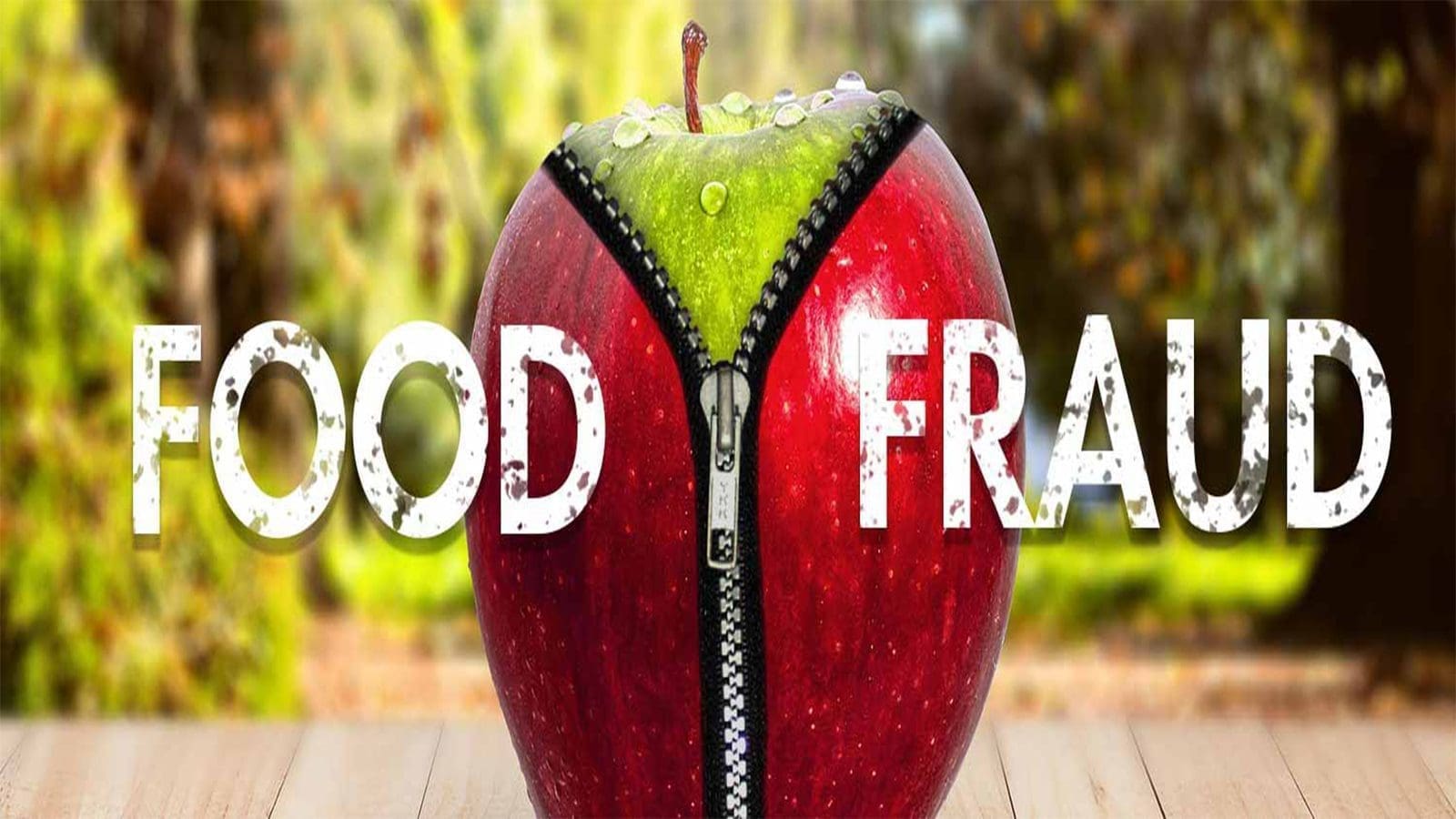EUROPE – A University of Bath study has revealed that mycotoxins are increasingly attacking wheat across Europe, placing human and animal life at risk.
The research team, under the direction of Neil Brown, Ph.D., looked at the largest monitoring datasets for Fusarium mycotoxins that were made accessible by governments and the agricultural sector, with a particular emphasis on wheat entering the supply chains for animal feed and food in Europe.
The researchers created the most comprehensive picture of the mycotoxin threat and its evolution by utilizing data from Europe (including the UK) during the previous ten years.
Fusarium mycotoxins were discovered in every European country.
The fungal infection that causes the poisons, Fusarium Head Blight, affects nearly half of the wheat crops in Europe, say the researchers.
It is a seasonal disease, however, the researchers observed that since 2010, mycotoxin levels in years with high disease incidence have gotten worse in the Mediterranean.
During the 2018 and 2019 outbreaks, mycotoxin levels in the Mediterranean were greater than they had ever been.
The increase in mycotoxins in wheat is thought to be largely due to changes in farming, such as soil preservation techniques that give the Fusarium fungus a home, as well as climate change.
Deoxynivalenol, also known as “vomitoxin,” is a Fusarium mycotoxin that is present in 50% of the wheat grown for human consumption in Europe and 70% of the wheat in the UK.
Governments regulate the levels of vomitoxin contamination in wheat intended for human consumption.
With 95 percent of wheat destined for human consumption reaching the regulatory threshold for vomitoxin content, such laws effectively protect consumers.
The discovery that mycotoxins are pervasive is troubling, too, because it is unknown what would happen if a person consumed mycotoxins continuously at low levels throughout their lifespan say the researchers.
The researchers also discovered that 25% of the food wheat that contained vomitoxin also had other Fusarium toxins.
Given that not all wheat is routinely tested for additional toxins, this estimate is probably too low.
The University of Bath researchers state that it’s feasible for the other toxins to interact with vomitoxin in a way that has more harmful effects on the body than any toxin would alone. Nevertheless, the precise health ramifications are still unknown.
To this end, they emphasize the necessity of creating more effective defenses against fungus pathogens for crops.
For all the latest food safety news from Africa and the World, subscribe to our NEWSLETTER, follow us on Twitter and LinkedIn, like us on Facebook and subscribe to our YouTube channel.








